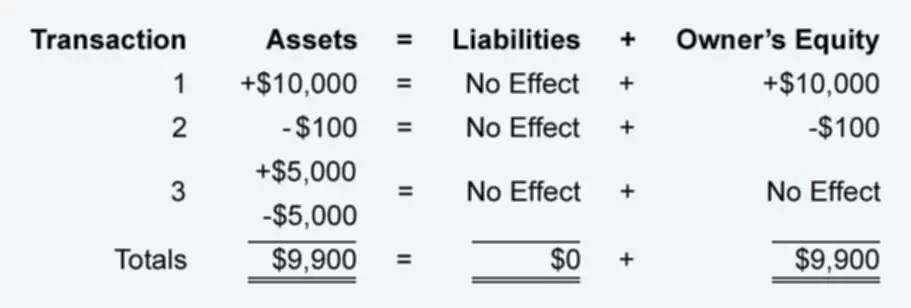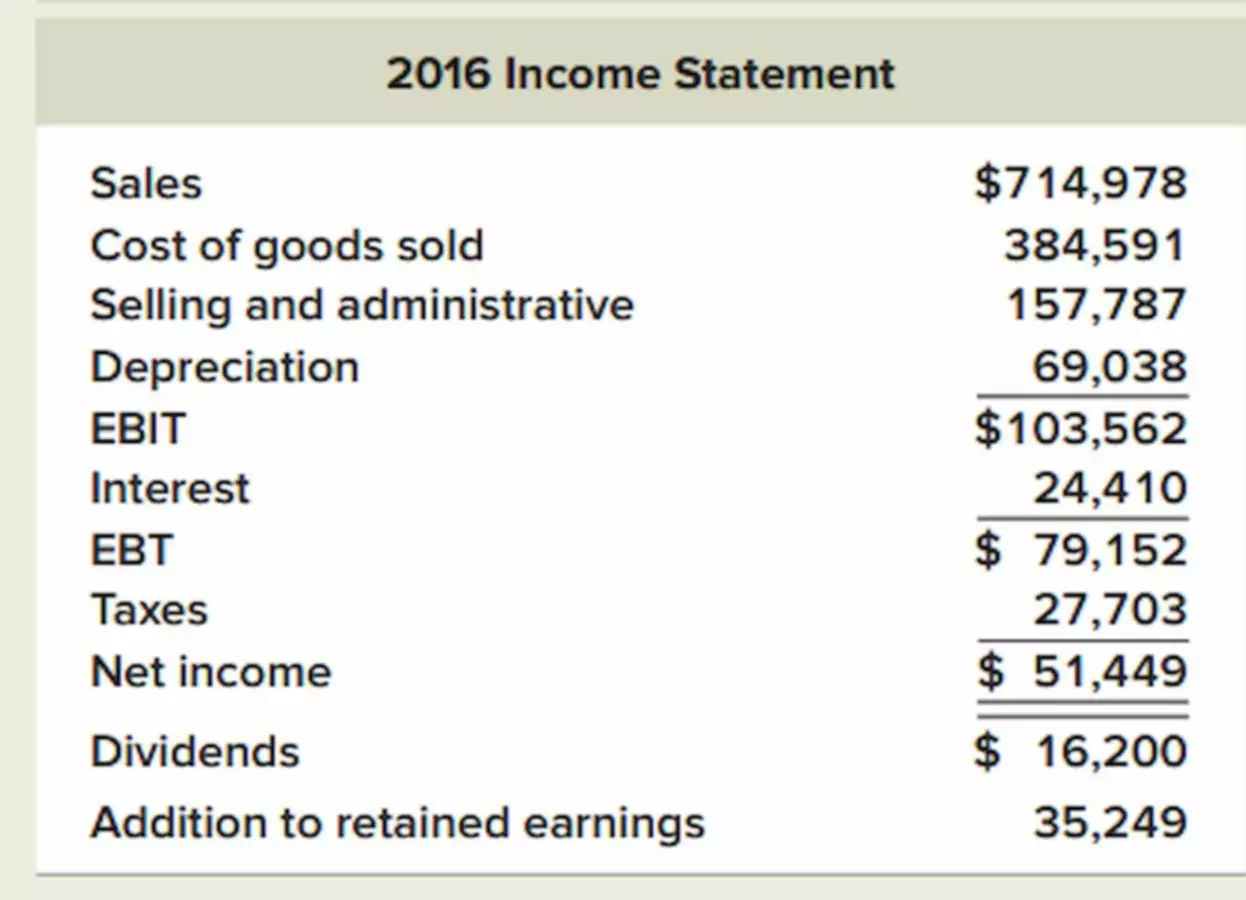Content

Ideally, your credit and debit balances should be identical. Finding discrepancies like this is why you created a trial balance, and discovering the error now can save you time and headaches later on. You can perform an adjusted trial balance once your book is balanced. This type of trial balance contains the final balances in all company accounts, and you can use it to prepare your official financial statements. An unadjusted trial balance is done before adjusting journal entries are completed. You can use this trial balance as a starting point to analyze your accounts before adjusting your journal entries.
If they are not, your trial balance will serve as a red flag to indicate that something is wrong with your books, allowing you the chance to fix them. Recording the balance of an account incorrectly in the trial balance. Use a trial balance to double-check how accurate your books are. You can use it to check if your journal and ledger balances are accurate.
What is the difference between a journal and a trial balance?
Next up is editing the information before we can publish our story in what is a trial balance statements. The following video summarizes what elements are included in a Trial Balance and why one is prepared. The trial balance is the edit phase of our story before we publish the results in financial statements. Trial balances are typically prepared at the end of an accounting period, while general ledgers can be prepared at any time. At the end of the accounting period, you transfer all balances to a permanent account –assets, liabilities, or equity accounts. The main difference between the trial balance and the balance sheet is who sees it.

Below are the balances from the books of Jyoti Enterprises as of March 31st, 2019. It is impossible to explain every account to explain the trial balance, but we will try to touch on those examples, which are important and crucial in accounting for every firm. Trial balances may be created frequently, as a quick method to gauge the company’s health.
Tips for ensuring greater accuracy
Therefore, the unadjusted trial balance will serve as a foundation upon which the rest of the steps of the accounting cycle will take place on. The trial balance is run as part of the month-end closing process. If there is a discrepancy between the ledger account totals, this indicates an error in the accounting system.
- Only those accounts that will appear on the financial statements need to be listed.
- The accounting cycle follows a transaction from when it first takes place, all the way until it’s incorporated into the company’s financial statements.
- It verifies whether the debit and credit balances are identical and shows them after completing the closing entries.
- A wrong amount recorded in the books of original entry and the same amount being incorrectly debited and credited cannot be identified by a trial balance.
- You should also ensure that all transactions have been correctly recorded in the correct accounts.
- A trial balance is a list of all the accounts in a company’s chart of accounts, with their balances.
Both cash and accounts payable would be overstated by $ 100. You check the balance of debits against the balance of credits in the general ledger. You usually work with this trial balance at the end of the accounting cycle, business quarter, or fiscal year. A trial balance lists all the accounts in a general ledger.









